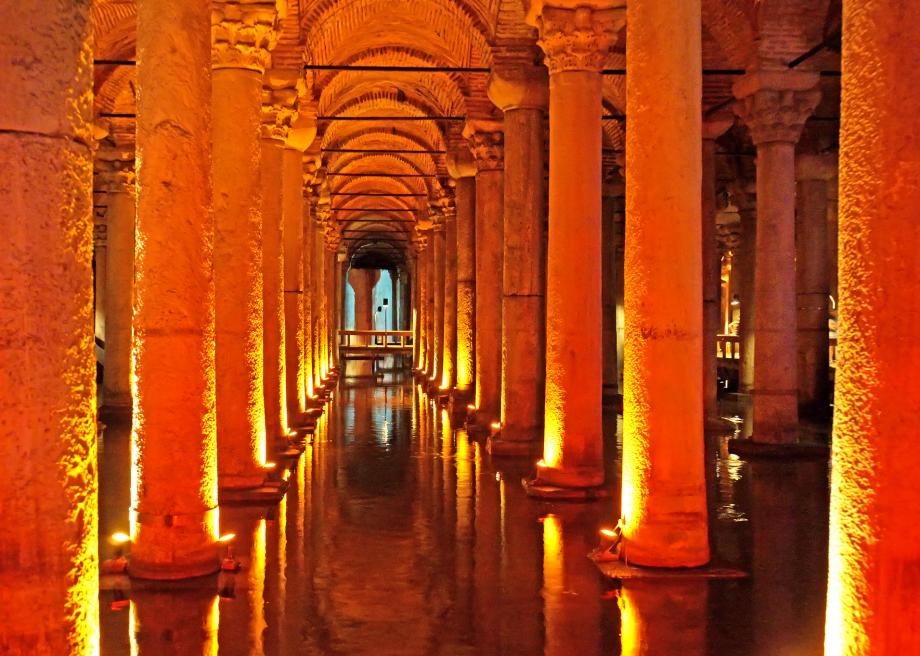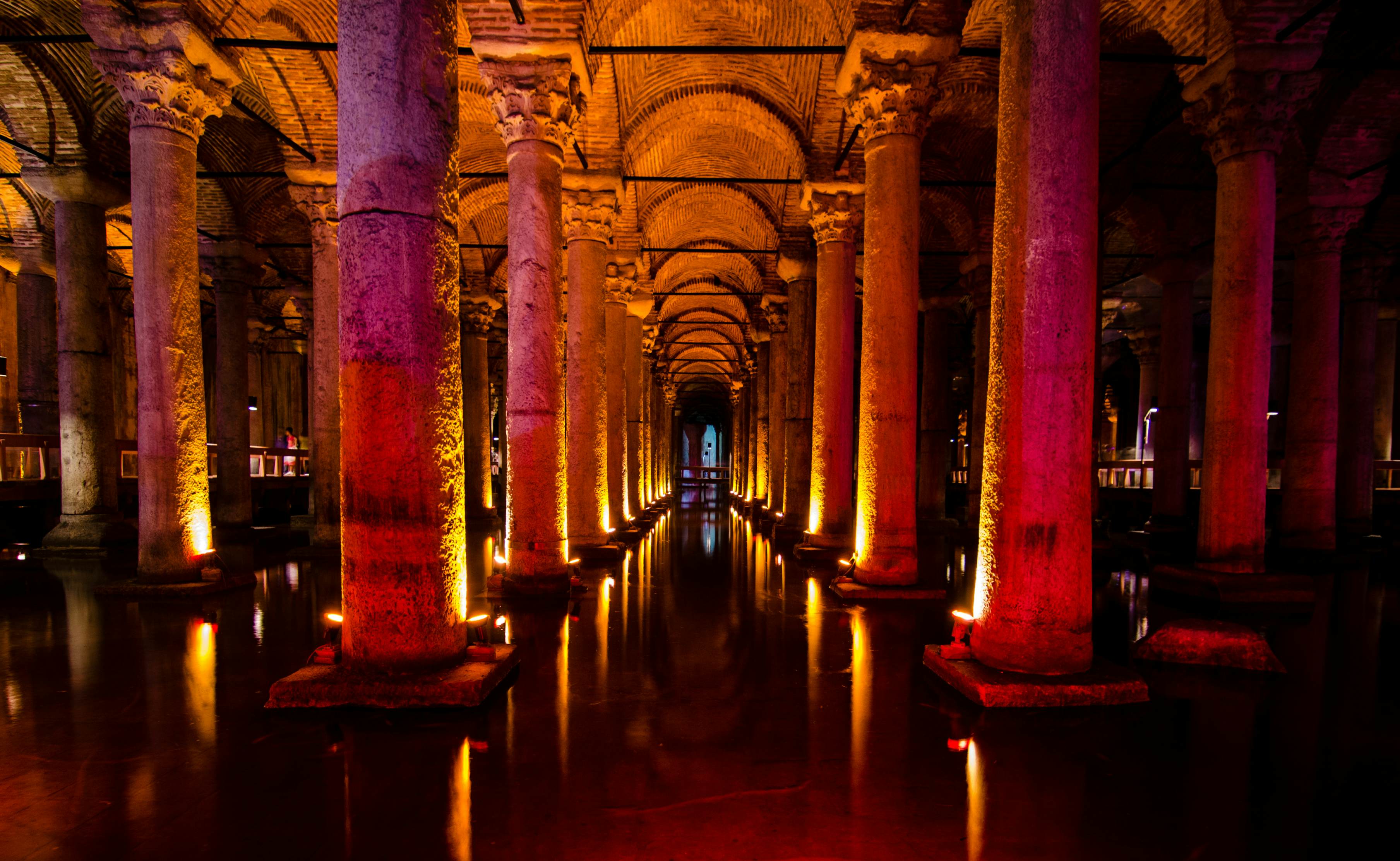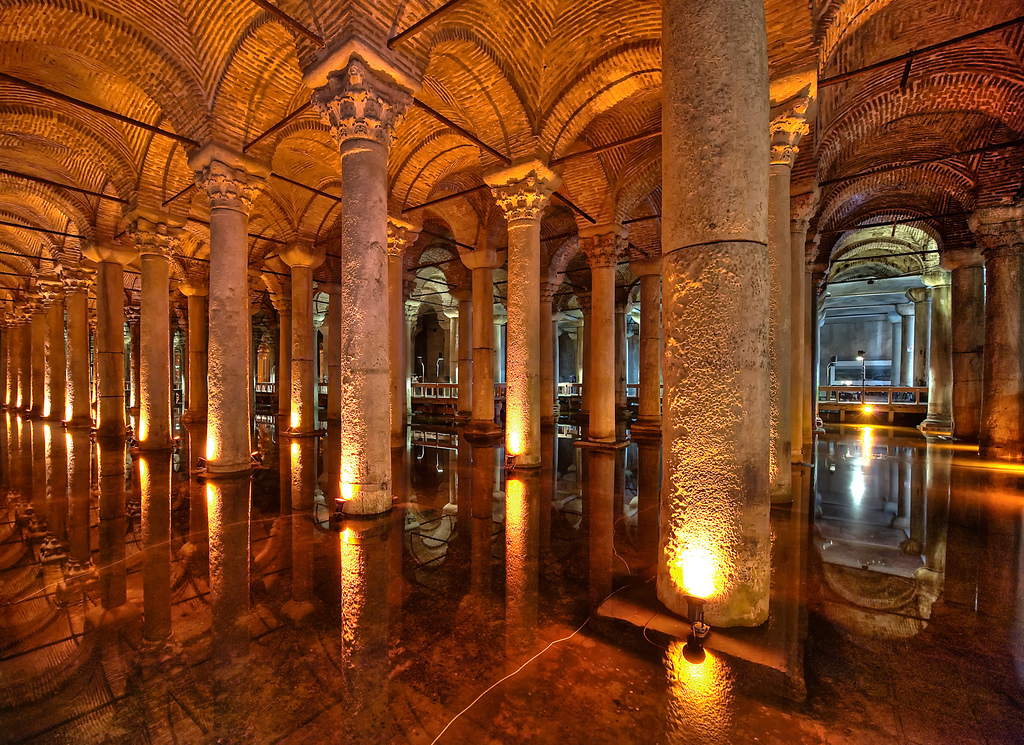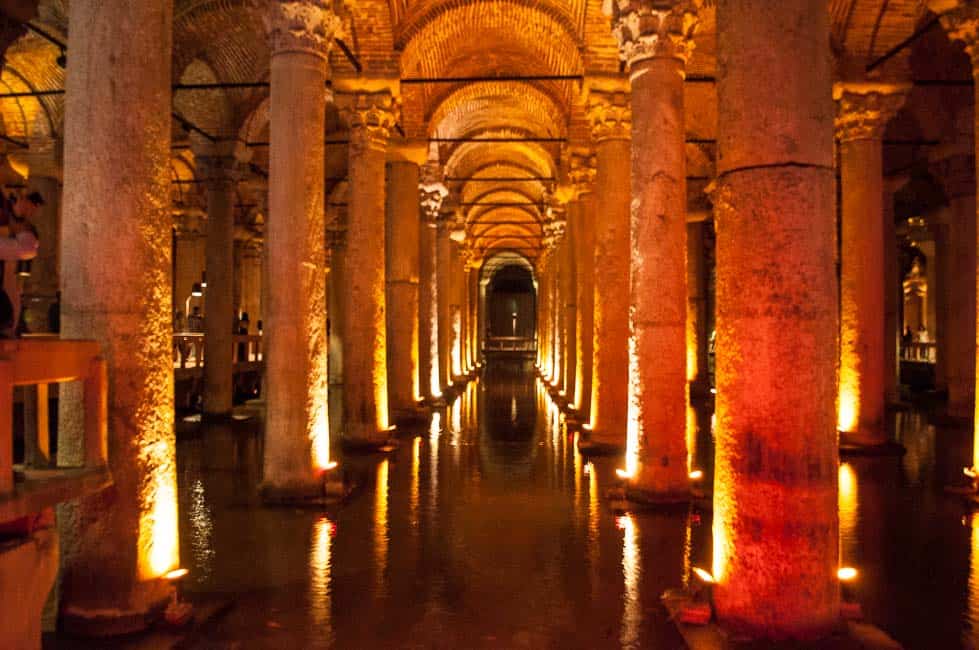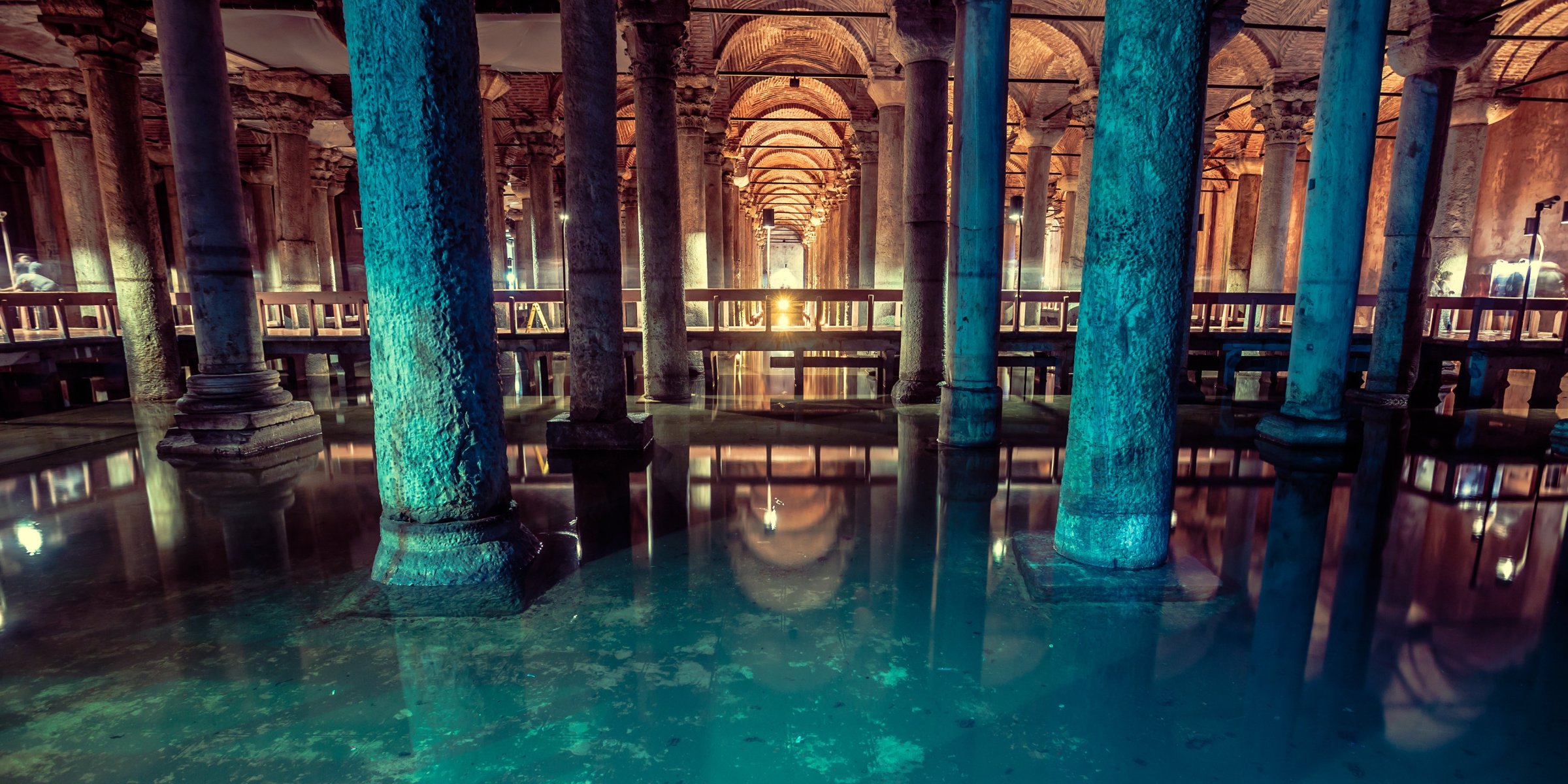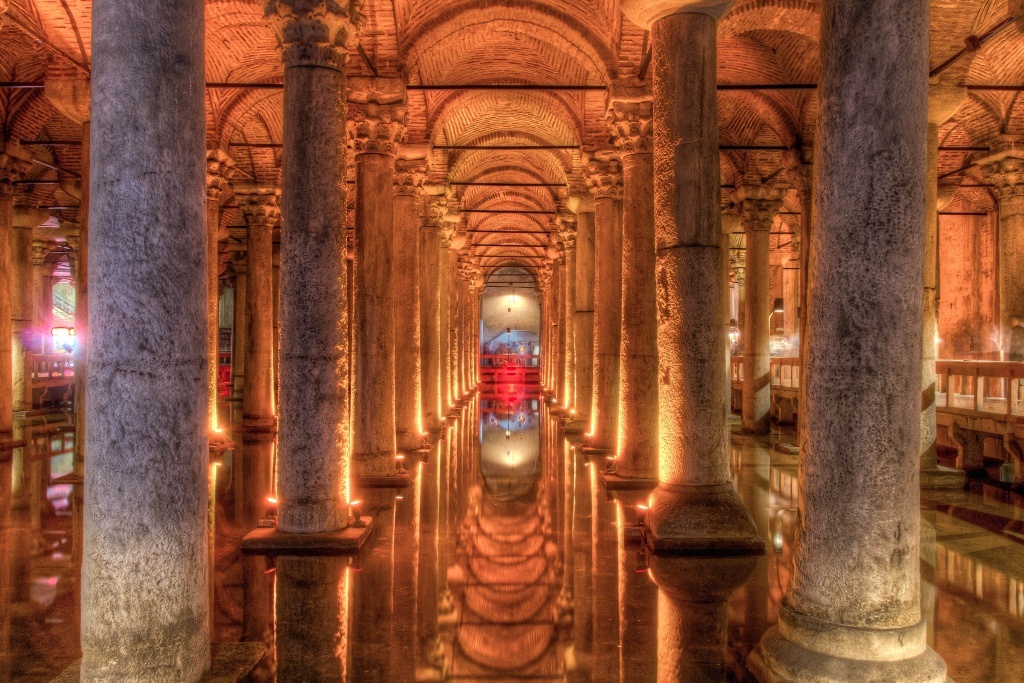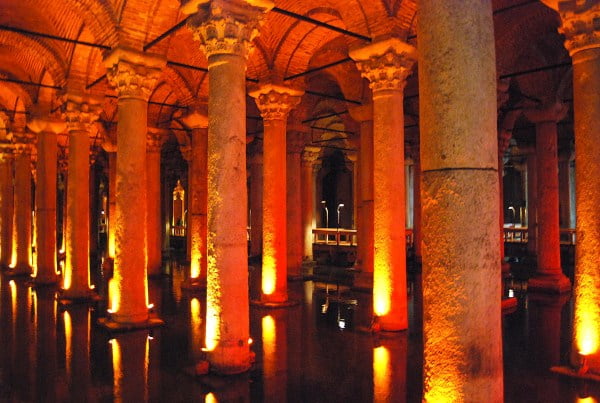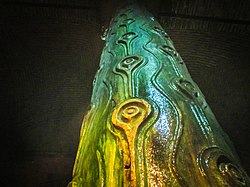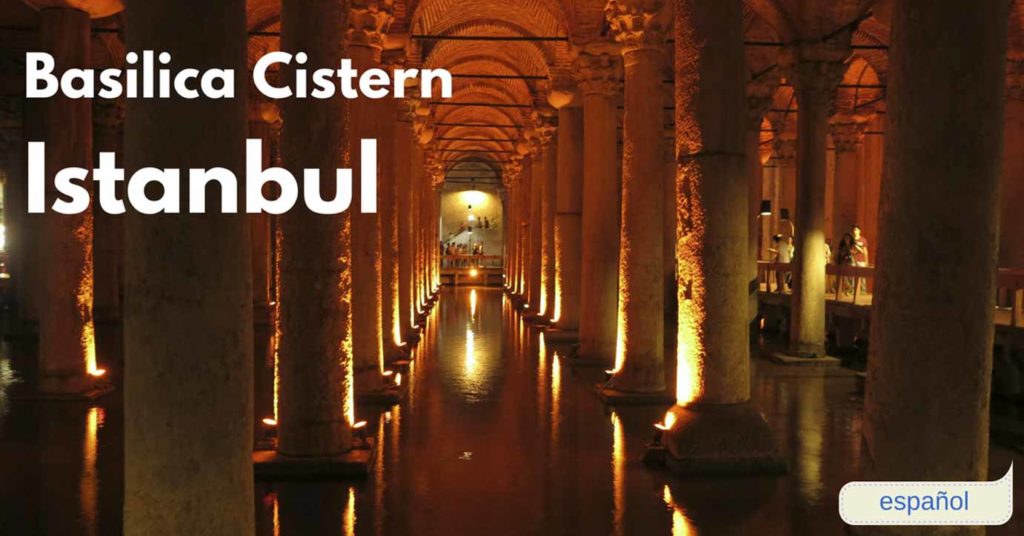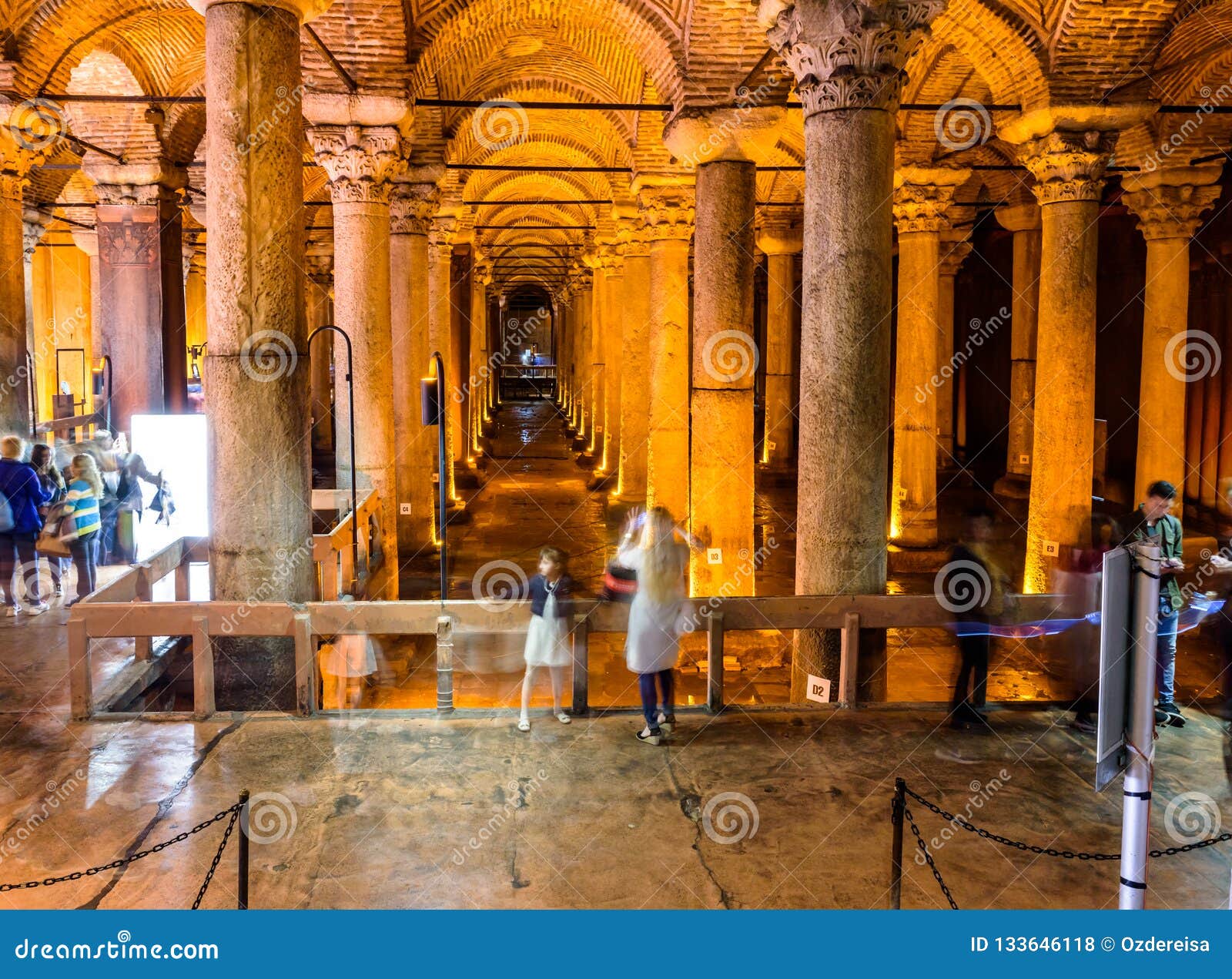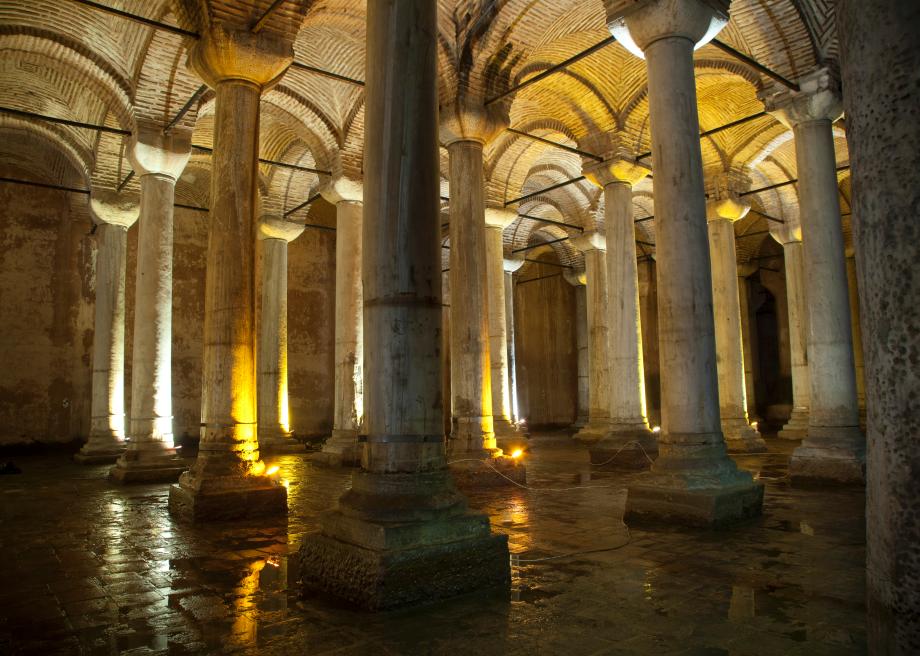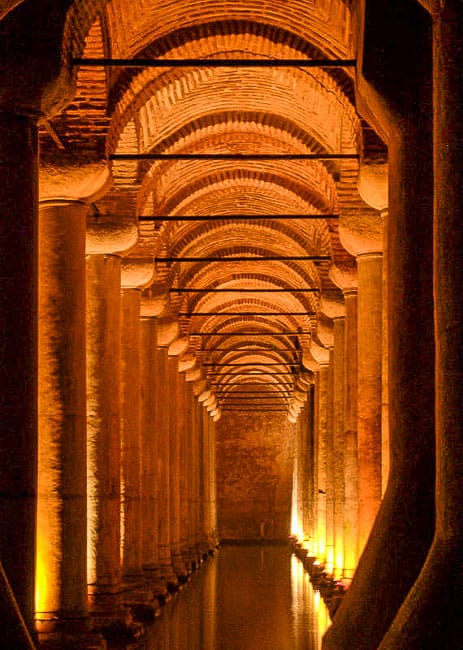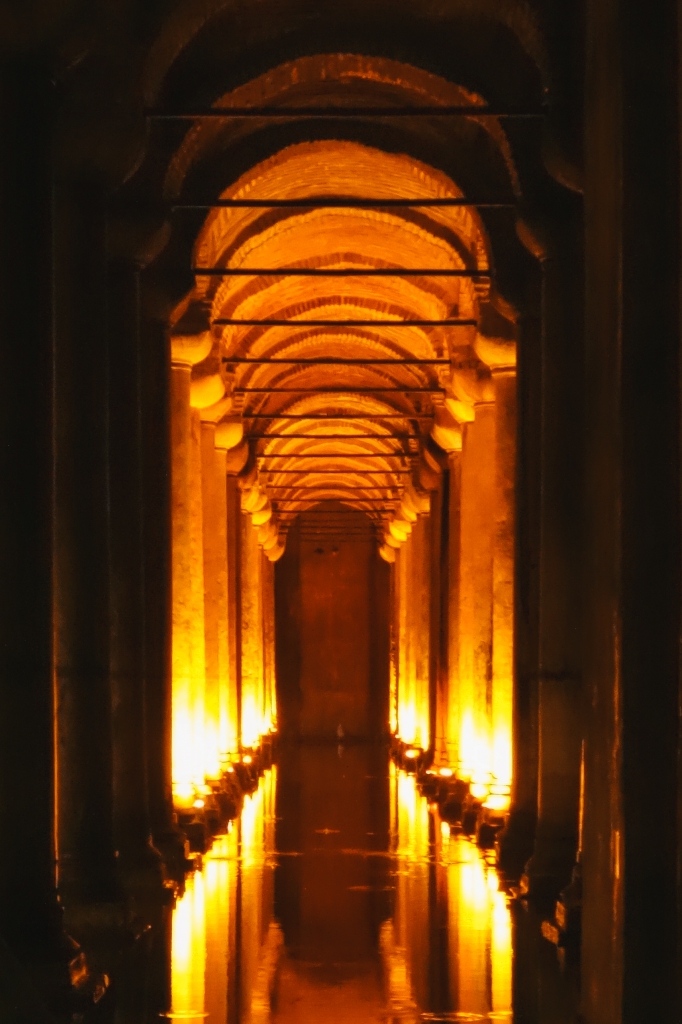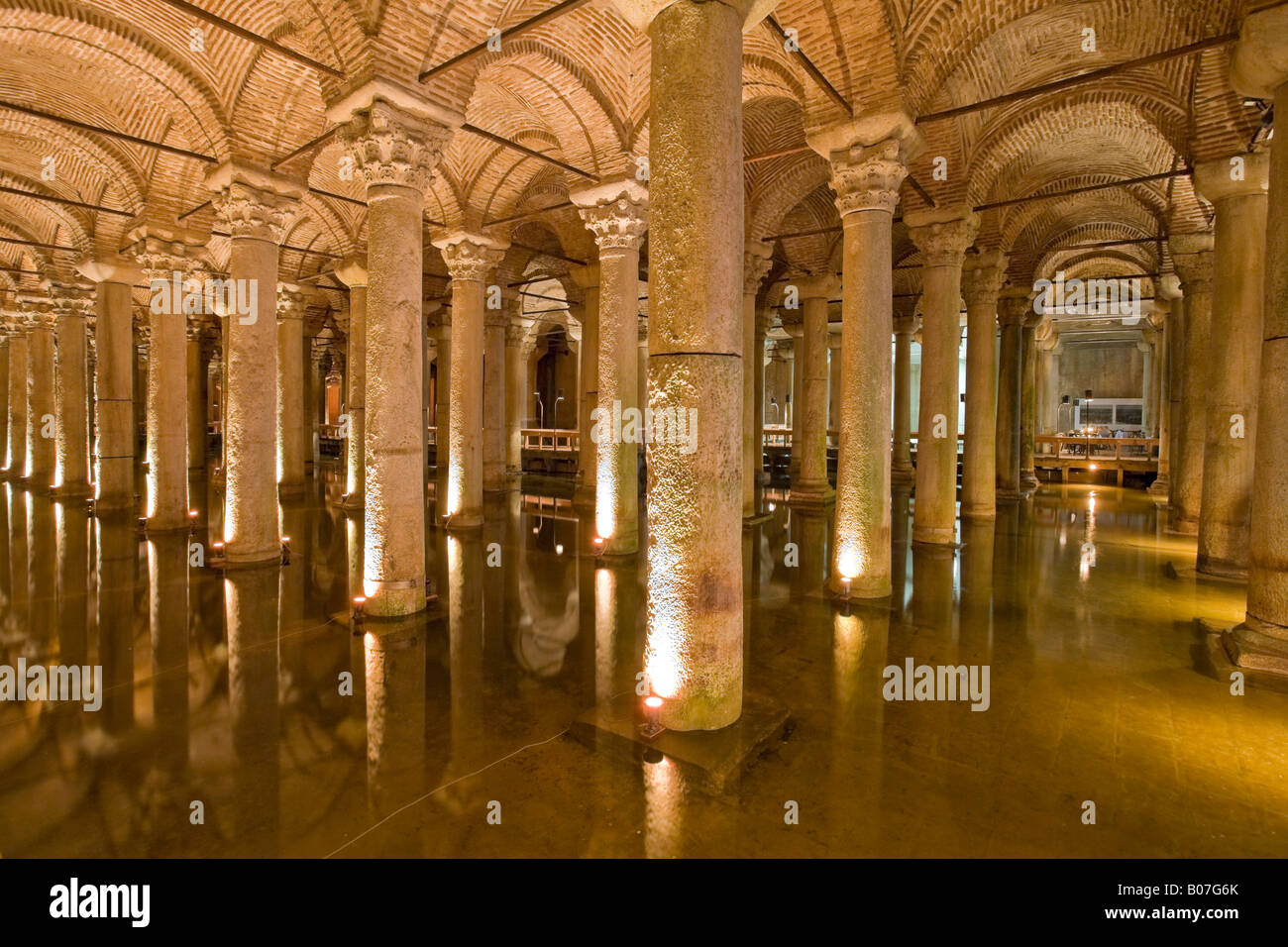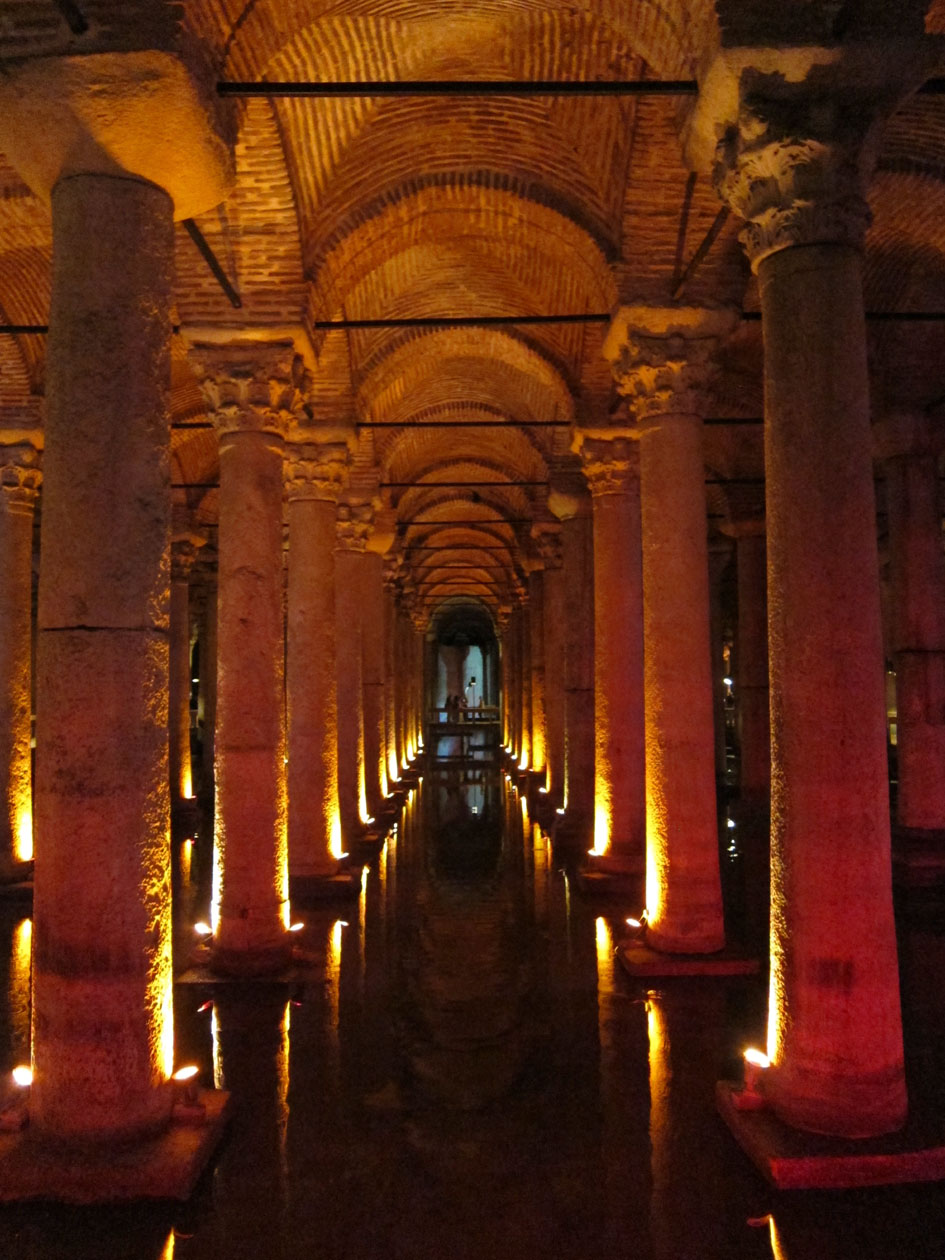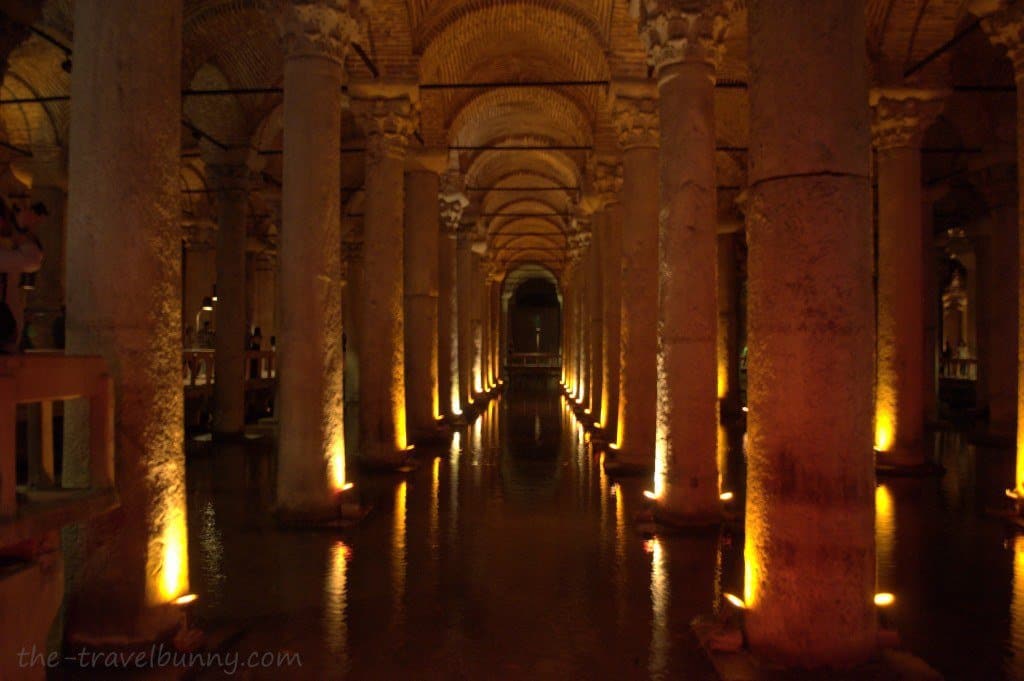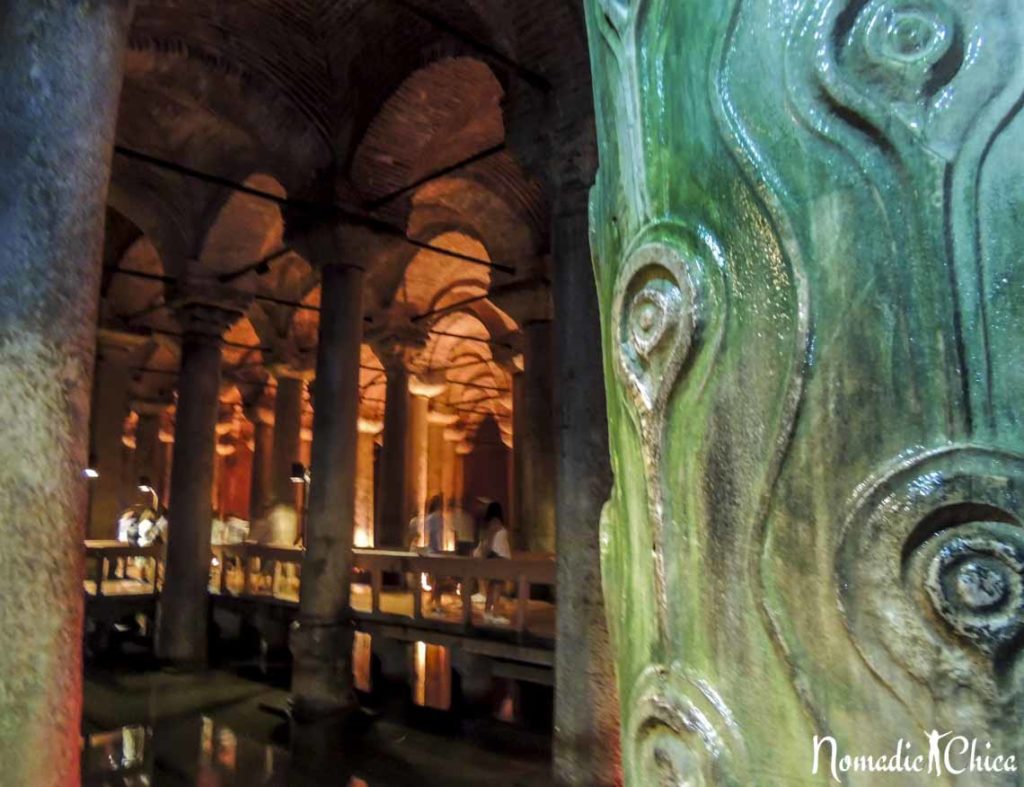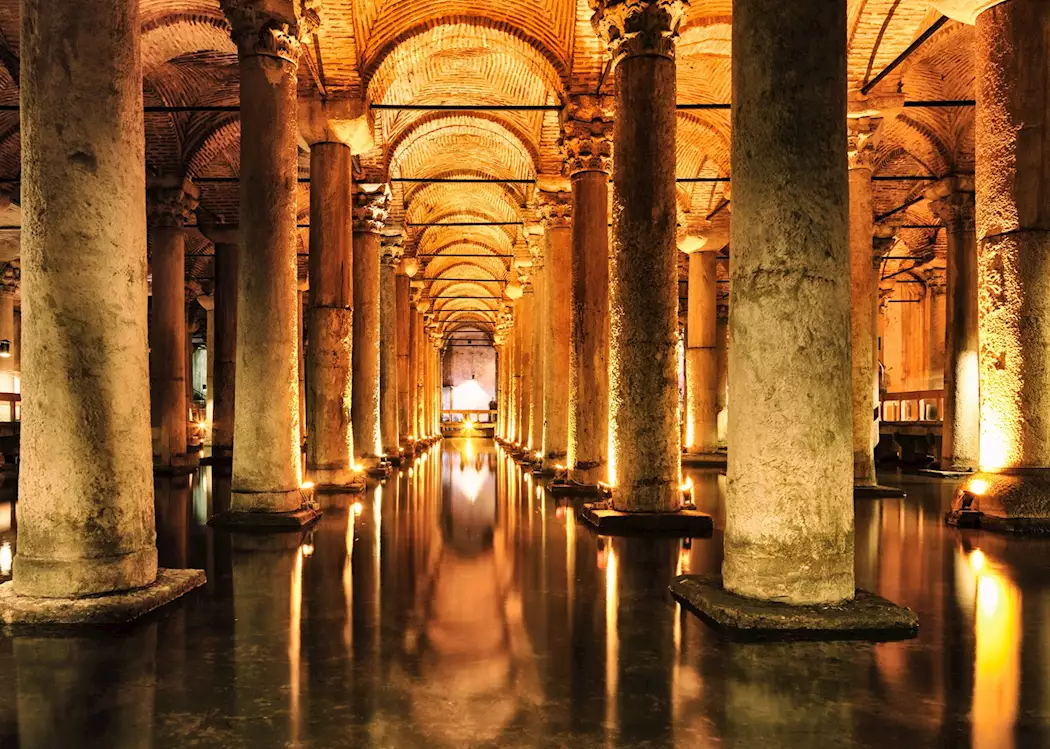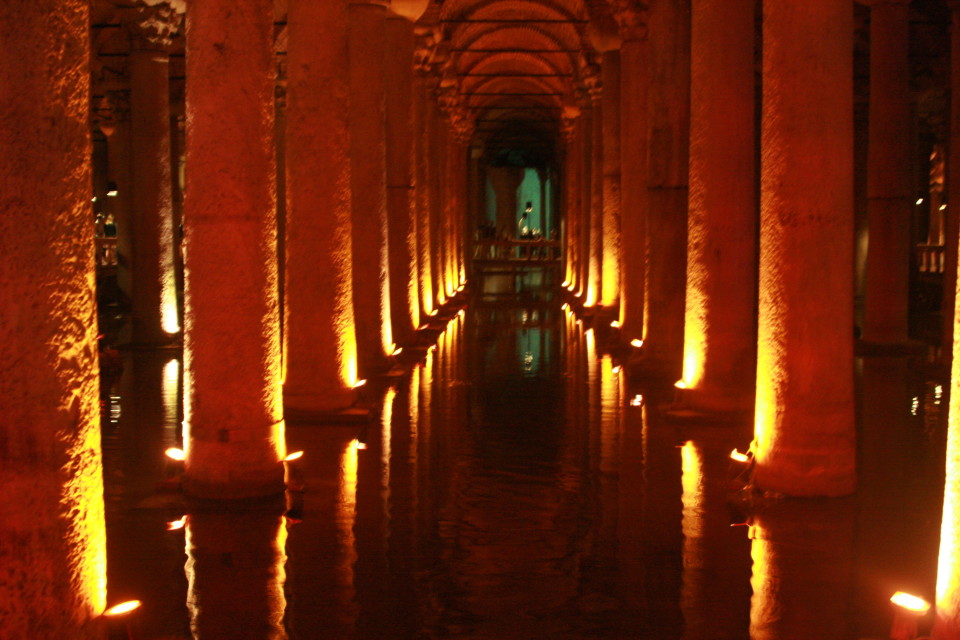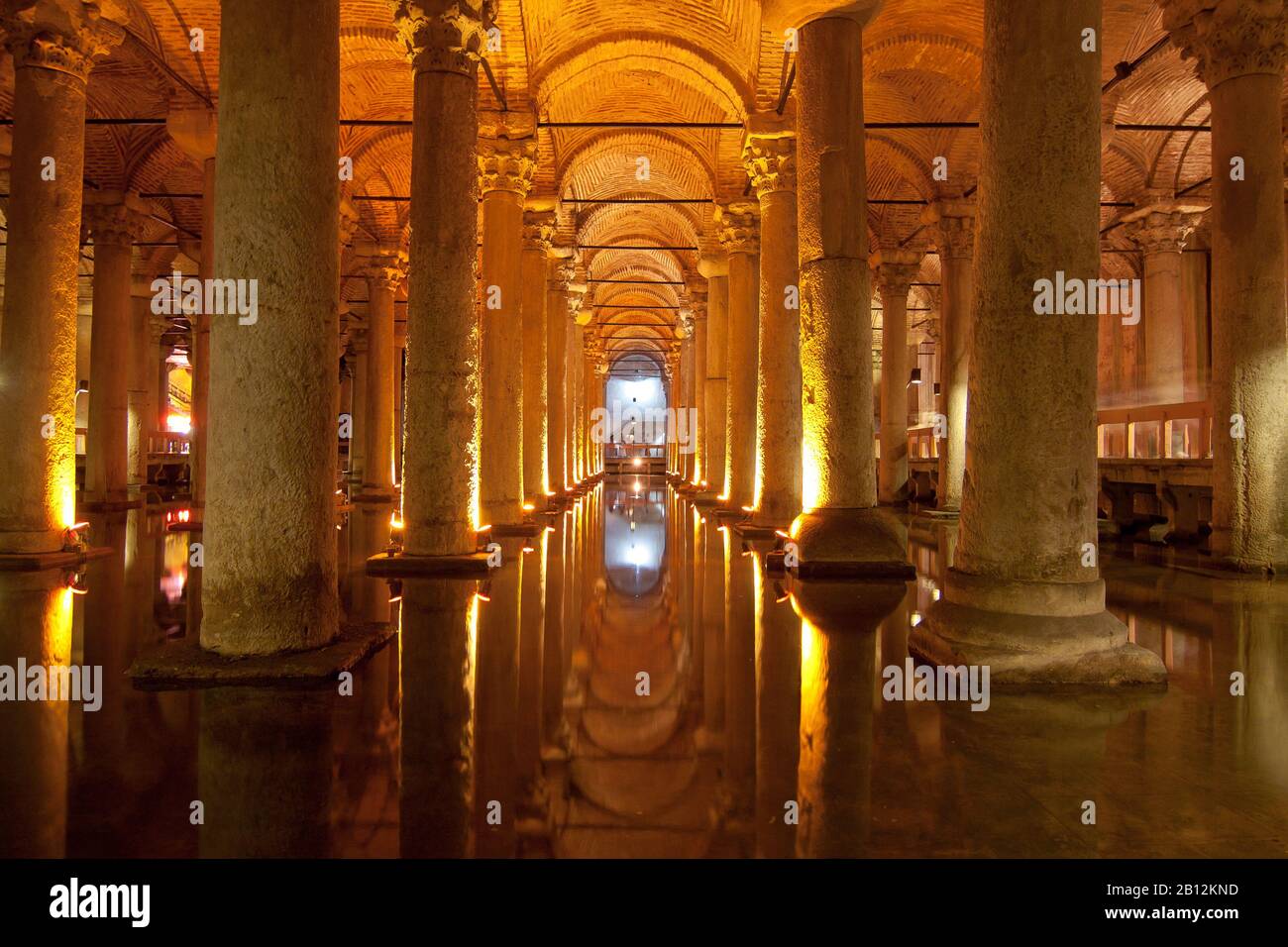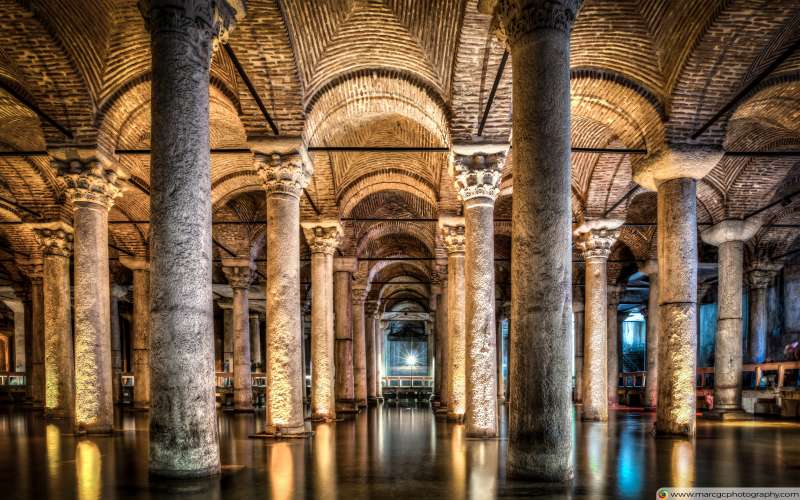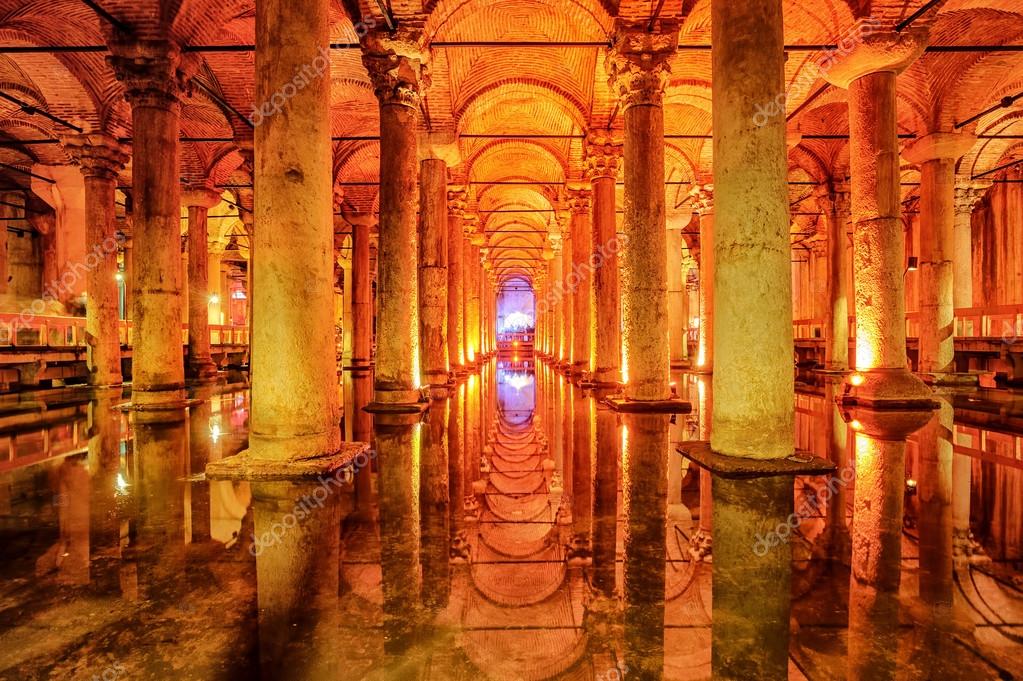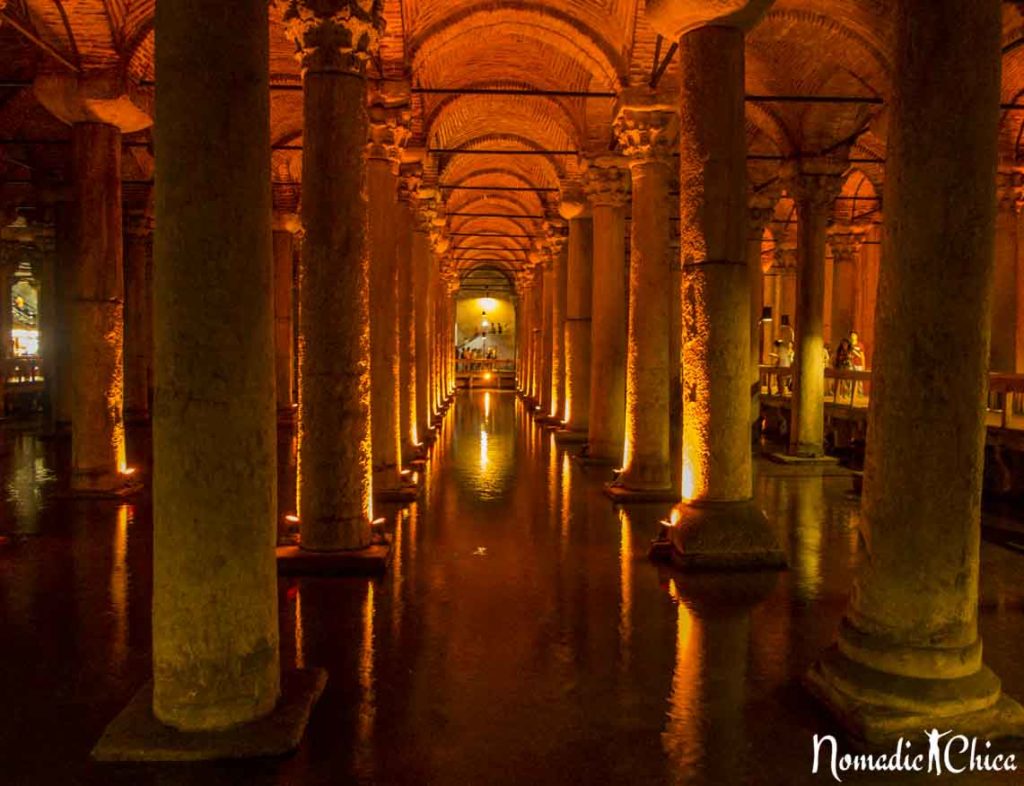Cistern Istanbul

This large underground cistern built by byzantine emperor justinian i 527 565 was named as yerebatan palace ere among the people due to the marble columns rising from the water and countless seemingly like.
Cistern istanbul. Basilica cistern i̇stanbul or basilica palace is one of the most important structures in the history of istanbul. Yerebatan sarnıcı subterranean cistern is the largest of several hundred ancient cisterns that lie beneath the city of istanbul turkey. There was a basilica where this cistern was built. One of istanbul s splendid historical buildings is the basilica cistern located in the southwest of hagia sophia.
Walking along its raised wooden platforms you ll feel water dripping from the vaulted ceiling and see schools of ghostly carp patrolling the water it certainly has bucketloads of atmosphere. The basilica cistern or cisterna basilica turkish. Nakkas carpet store which was opened in the area in the early 2000s found this precious historical artifact and turned it into a museum during the construction of the building. Basilica cistern medusa head column.
Eighty two feet below istanbul is a 450 foot long 213 foot wide former royal reservoir. The features of the columns inside and the medusa head which is especially inverted attract a lot of attention. The cistern was cleaned and renovated in 1985 by the i̇stanbul metropolitan municipality and opened to the public in 1987. Istanbul solved the problem of water shortage with the aqueducts that valens built.
The basilica cistern was built by byzantine emperor justinian i in the 6th century to provide water for the great palace of constantinople. Basilica cistern is no doubt the most famous among them. The cistern located 150 metres 490 ft southwest of the hagia sophia on the historical peninsula of sarayburnu was built in the 6th century during the reign of byzantine emperor justinian i. The theodosius cistern greek.
The cistern is especially known for the two medusa head columns. The cistern whose real name is unknown got its name from nakilbent street. For that purpose tens of cisterns were built in the following centuries. It is 143m long and 65m wide and can hold up to 80 000 cubic meters or 17 5 million gallons of water.
It s estimated that there were more than 80 underground cisterns in istanbul but this is the largest and the best excavated. Nakilbent cistern like many cisterns in istanbul had been abandoned and found by chance again. But they needed to sustain the flowing water. It s now one of the city s most popular tourist attractions.
It is also known as basilica cistern since there is a basilica in the. şerefiye sarnıcı is one of many ancient cisterns of constantinople that lie beneath the city of istanbul turkey the modern entrance is in piyer loti caddesi fatih. This istanbul underground cistern is the size of a cathedral.


